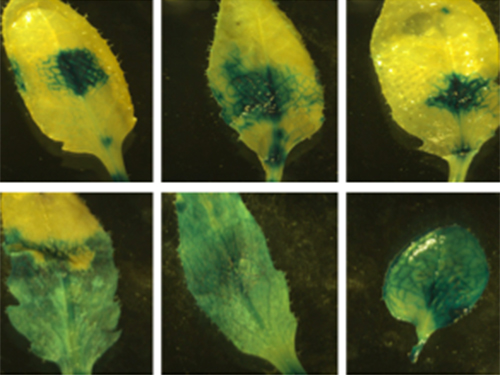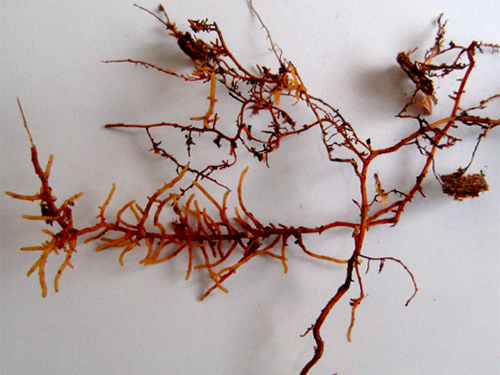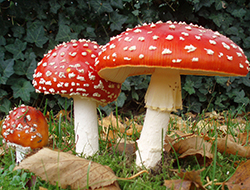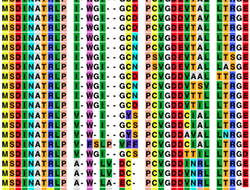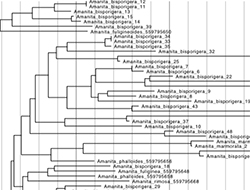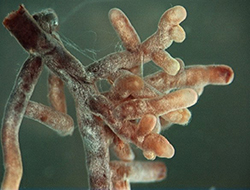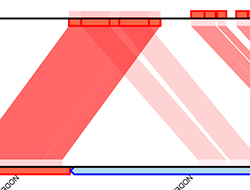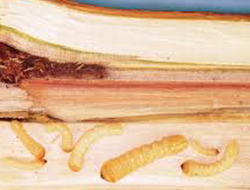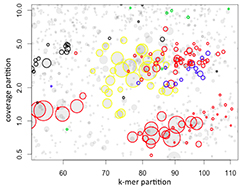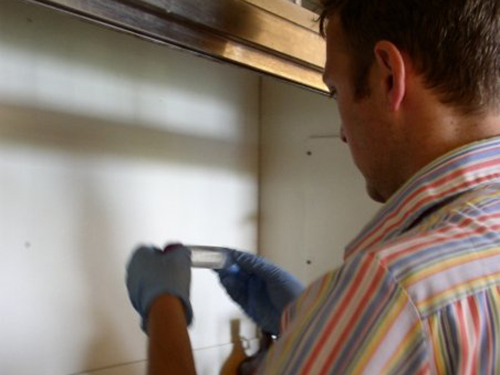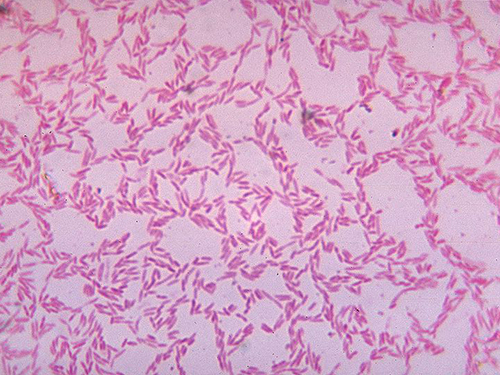I am currently involved with numerous genome sequencing projects of mycorrhizal fungi for comparative purposes. Most of these projects are challenging because many of these fungi cannot be cultured from the environment and they harbor bacterial intercellularly, so I analyze them as “simple” metagenomes.
In addition to this project specifically focusing on mycorrhizal fungi, I have contributed to studying fungal metatranscriptomes.
I am currently focusing my efforts on a large comparative genome sequencing project with numerous collaborators to sequence a phylogenetically diverse array of Amanita genomes across the genus to characterize the loss of saprophytism, the gain of toxicity and mycorrhization, the diversity of symbiotic bacteria, and the evolution of toxicity.
